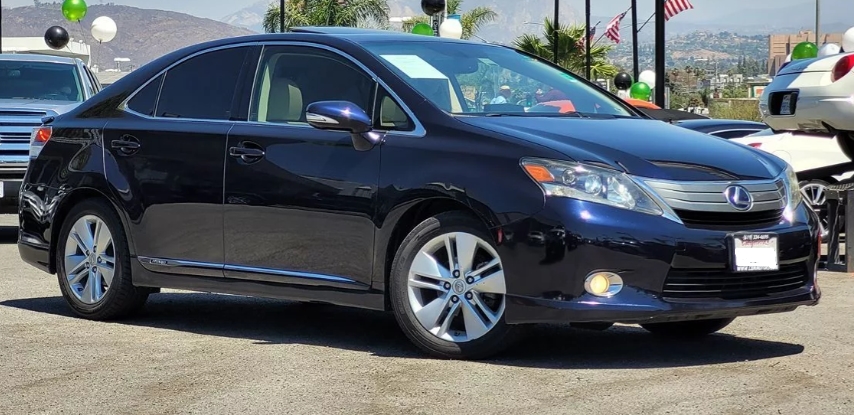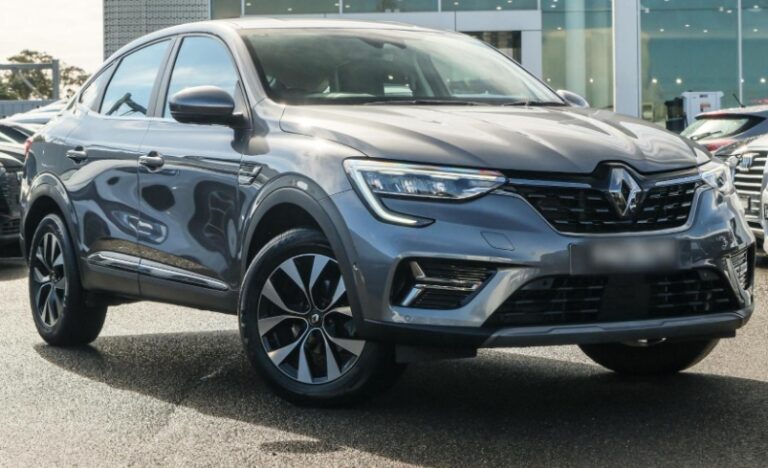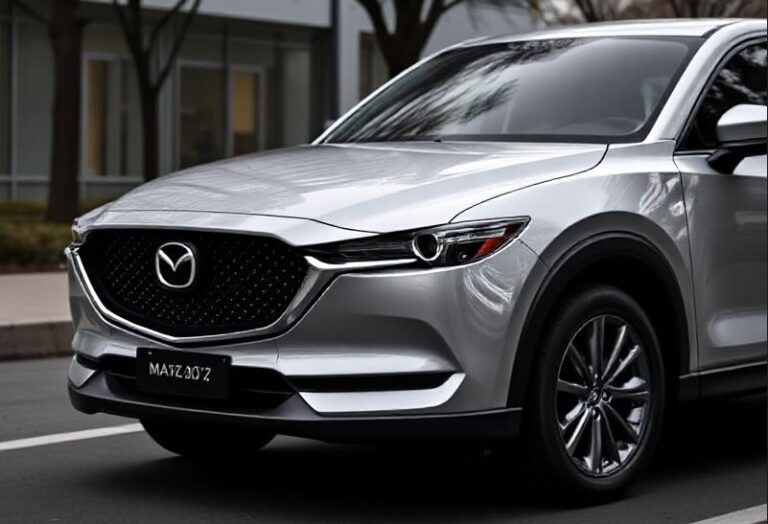The Evolution of the Lexus HS 250h
The Lexus HS was a compact hybrid sedan introduced by Lexus, the luxury division of Toyota, as part of their push into environmentally friendly luxury vehicles. Launched in the late 2000s, the Lexus HS aimed to combine Lexus’s renowned comfort, refinement, and advanced technology with the fuel efficiency benefits of hybrid powertrains. Over its relatively brief lifespan, the Lexus HS underwent various updates and model variations, reflecting the evolving automotive landscape and consumer preferences.
This article provides a detailed history of the Lexus HS, including production years, model variations, trim levels, and key features.
Introduction and Launch (2009–2010)
Lexus HS 250h: The First Generation
The Lexus HS was officially introduced in 2009 as a 2010 model. It was positioned as a compact luxury hybrid sedan aimed at environmentally conscious consumers seeking Lexus quality in a smaller package. The HS 250h was built on the Toyota Camry platform but featured unique styling and Lexus-specific features.
Production Years:
- 2010–2012 (Model years)
Production Location:
- Toyota Motor Manufacturing Kentucky (TMMK), the same plant that produced the Toyota Camry.
Engine and Powertrain:
- 2.4-liter four-cylinder Hybrid Synergy Drive (similar to the one used in the Toyota Prius) paired with a Lexus electric motor.
- Total system output: approximately 187 horsepower.
- Fuel economy: around 35 mpg city / 33 mpg highway, making it one of the most fuel-efficient luxury vehicles at the time.
Design and Features:
The HS 250h featured a sleek, aerodynamic design with Lexus’s signature spindle grille, integrated LED headlights, and a refined interior with high-quality materials. It was equipped with Lexus’s standard luxury features, including a premium audio system, leather upholstery, and advanced safety features.
Model Variants and Trims (2010–2012)
The Lexus HS 250h was offered primarily in a single, well-equipped trim level, though some markets and model years saw slight variations in available packages.
Standard Trim Features:
- Leatherette or leather upholstery
- Power-adjustable front seats
- Dual-zone automatic climate control
- Premium audio system with Bluetooth connectivity
- Navigation system (available on some models)
- Rearview camera
- Safety features such as anti-lock brakes (ABS), stability control, and numerous airbags
While Lexus traditionally offers multiple trims, the HS 250h was generally sold as a single, fully equipped package, focusing on delivering a comprehensive luxury hybrid experience.
.
We LOVE cars & cruising around, but sometimes day trips to explore new cities are required (with family or friends) for a spice of variety in your life!
So GO explore!
Cruises & Day/Night City Tours to: Baltimore, Boston, Chicago, Marina Del Ray, New York, Niagara, Philadelphia, San Diego, San Francisco, Toronto, Washington DC, etc.:

.
Discontinuation and Market Reception (2012)
Despite its innovative hybrid technology and luxury features, the Lexus HS 250h faced stiff competition from other hybrid and luxury vehicles, and its sales volume remained modest. The vehicle was discontinued after the 2012 model year.
Reasons for Discontinuation:
- Limited sporty appeal compared to other Lexus models like the IS or ES.
- Competition from more popular hybrid vehicles (e.g., Lexus RX Hybrid, Toyota Prius).
- Limited powertrain options and niche positioning.
The Lexus HS in the Context of Lexus Lineup
The HS was unique within Lexus’s lineup, as it was the only model focused solely on hybrid powertrain from its launch until discontinuation. Its positioning was aimed at city commuters and environmentally conscious buyers seeking a luxury badge in a compact sedan.
Post-Discontinuation and Legacy
While the Lexus HS was short-lived, it contributed to Lexus’s broader hybrid strategy. It showcased Lexus’s commitment to blending luxury with efficiency, paving the way for future hybrid and electrified models like the Lexus CT 200h, RX Hybrid, and ES Hybrid.
The HS’s design elements and hybrid technology informed later models, although Lexus did not revive the HS nameplate in subsequent years.
Summary of the Lexus HS’s Evolution
| Year | Model/Generation | Key Features & Notes |
|---|---|---|
| 2010–2012 | Lexus HS 250h | First and only generation; compact luxury hybrid sedan; single trim; modern interior; hybrid powertrain. Discontinued after 2012. |
Conclusion
The Lexus HS stands as a testament to Lexus’s early efforts to offer a luxury hybrid sedan that balanced environmental consciousness with comfort and style. Although its production was limited to just a few years, the model played a crucial role in the automaker’s hybrid development and demonstrated the potential for luxury brands to integrate eco-friendly technologies without compromising luxury standards.
Today, the Lexus HS remains a niche vehicle, appreciated by enthusiasts for its innovation and unique positioning within the Lexus lineup. Its brief run also highlights the challenges faced by niche models in a competitive automotive market, especially when consumer preferences shift rapidly towards other segments or more versatile hybrid offerings.







